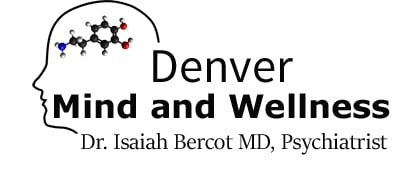
Are you extra sensitive to noises? Do certain fabrics feel scratchy to you? Do you often find the lights in a room to be too bright? Do various smells overwhelm you? Do you get dizzy easily? If you answer Yes to any of these questions, you may be suffering from sensory processing disorder (SPD).
Sensory processing disorder (SPD) was formerly called sensory integration dysfunction. It is a condition where a person’s senses are not able to respond normally to their environment. It can affect all sensory pathways but is most commonly reported in the senses of sound, sight, smell, and touch.
This disorder is much more common than once thought and is estimated to effect 5-10% of people in the USA. Interestingly these numbers are similar to that of ADHD and are also consistent in other areas of the world such as Europe. SPD was once thought to be primarily a disease of children, as that is where it is first seen. We now know that many people do not “grow out of this disorder” and continue to be affected by it as adults. Unfortunately, millions of adults are living and suffering through this disorder without treatment.
Common symptoms of SPD include:
Auditory
- Sensitivity to loud sounds or environments
- Sensitivity to everyday sounds such as gum chewing, household appliances, air conditioning, the sound of heels clicking, and other sounds that people with SPD are unable to tune out.
- Covering ears frequently
- Not responding to one’s name as expected
Visual
- Sensitivity to light which can manifest as wearing sunglasses inside
- Frequent squinting
- Headaches from visually intensive tasks such as reading
- Frequently losing one’s place while reading
- Difficulty initiating or maintaining eye contact
- Easily distracted by visual stimuli
- Trouble finding objects that seem to be “right in front of them”
- Slow or hesitant with stairs
Tactile
- Sensitivity to certain types of fabric
- Sensitivity to tags on clothing
- Discomfort when getting dressed
- Discomfort with washing hair or brushing teeth
- Avoiding contact with different substances such as dirt, sand, chalk, and finger paint
- Pulling away from hugs
Taste and Smell
- Sensitivity to certain tastes and smells
- Unusual pickiness with eating
- Restrictive eating habits
Proprioception
- Challenges with motor movement and coordination
- Poor handwriting or difficulty with handwriting such as sizing, spacing, and alignment
- Challenges with motor planning which may manifest as difficulty in team play, imitation, or variety of play
- Frequent falls
- Often bump into things
- Easily become dizzy

